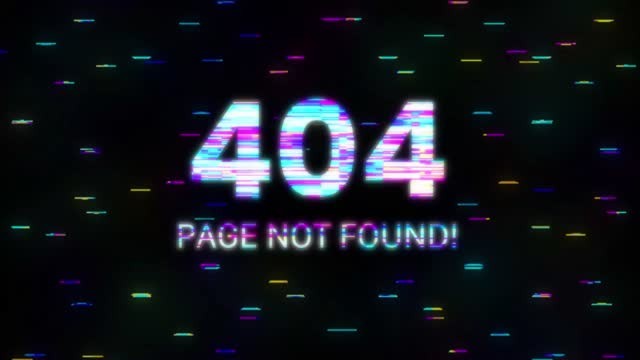
Understanding the 404 Error: Exploring the Mysteries of "Page Not Found
In the vast realm of the internet, we have all encountered the frustrating and ubiquitous "404 Error - Page Not Found" message. It appears when we try to access a webpage or resource that is no longer available or doesn't exist. But what exactly is this enigmatic 404 error? In this article, we delve into the world of HTTP status codes and explore the origins, causes, and significance of the 404 error.
What is the 404 Error?
The 404 error is an HTTP status code that is returned by a web server when it cannot find the requested resource. The numbers "404" are derived from the status code system, where each code represents a specific condition or outcome. In the case of 404, it indicates that the requested page or file was not located.
Causes of the 404 Error
- Deleted or Moved Pages: Websites frequently undergo changes, and sometimes pages are deleted or moved to different URLs without appropriate redirection. As a result, when a user tries to access the old URL, a 404 error occurs.
- Mistyped or Broken Links: When users manually enter URLs or follow hyperlinks, typos or errors in the URL can lead to 404 errors. Similarly, broken links on websites that point to non-existent pages generate 404 errors when accessed.
- URL Changes: Websites may change their URL structure, resulting in old URLs becoming obsolete. If users bookmark or access outdated URLs, the server will return a 404 error.
- Server or DNS Issues: In some cases, server misconfigurations, DNS (Domain Name System) problems, or temporary server unavailability can trigger 404 errors.
The Significance of the 404 Error
The 404 error plays a crucial role in web communication. It informs users that the requested resource is unavailable, helping them understand that the issue lies with the server or the website, rather than their own connection or device. It prevents users from assuming the problem is on their end and encourages them to take alternative actions like searching for similar content, navigating to the website's homepage, or contacting the website administrator.
Customising the 404 Error Page
Website owners often customise the appearance of their 404 error pages to enhance user experience. Customised pages may include helpful information, site navigation options, search bars, or suggestions to explore other content. These personalized pages aim to guide users back into the website rather than leaving them stranded with a generic error message.
The 404 error, often encountered during our online browsing adventures, serves as a gentle reminder that the internet is an ever-evolving landscape. It signifies the absence or relocation of requested resources and helps us navigate through the labyrinth of interconnected websites.
By understanding the causes and significance of the 404 error, we can make informed decisions when faced with this common digital hurdle and continue our online journeys with resilience and adaptability.